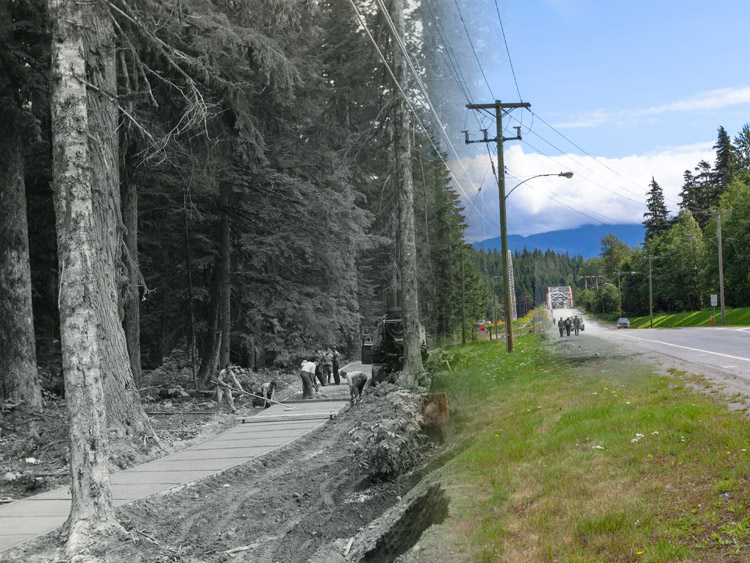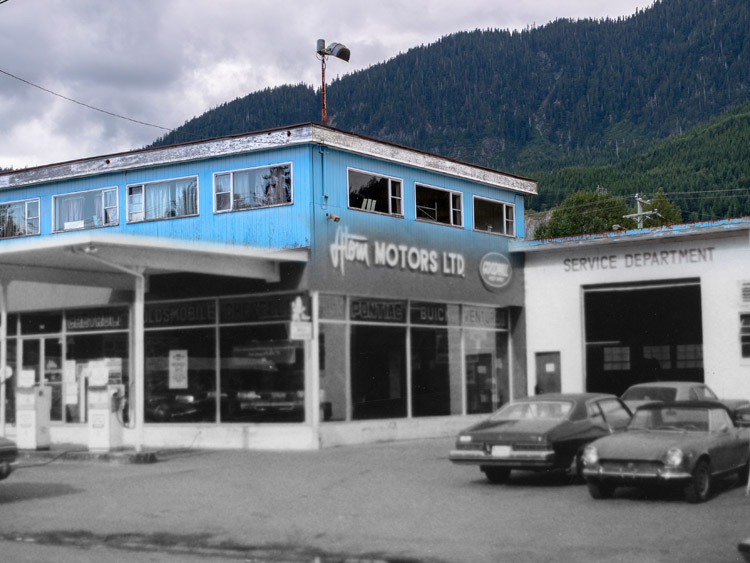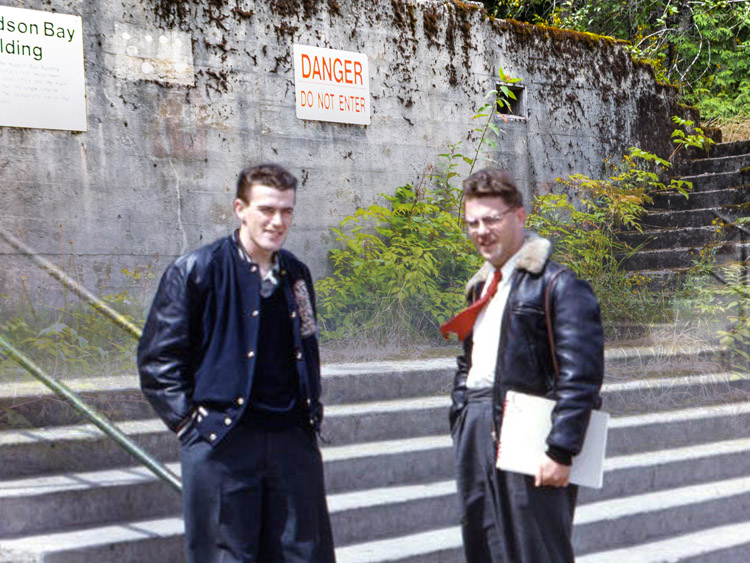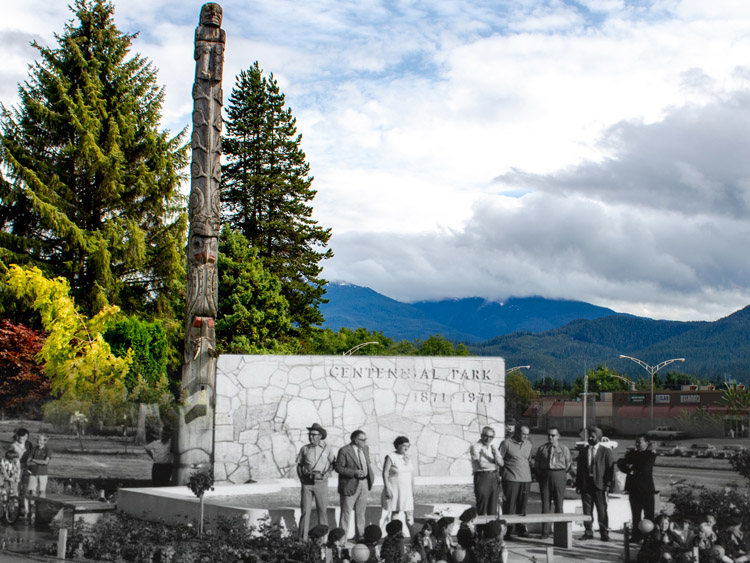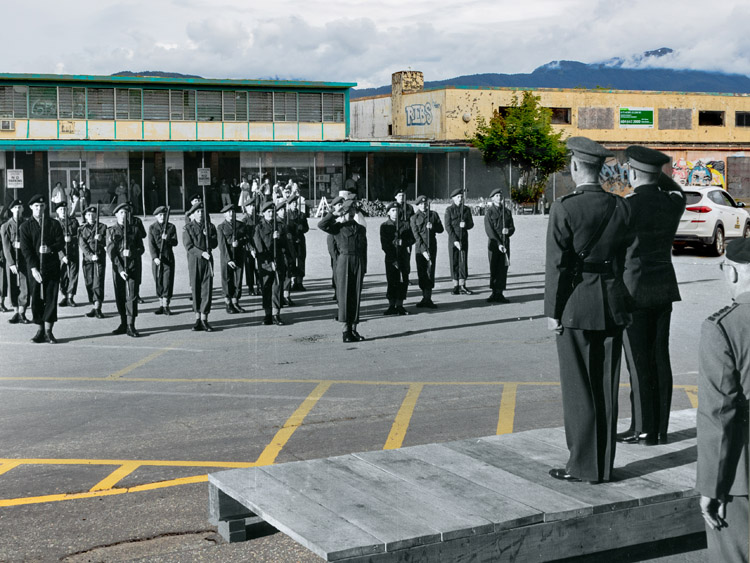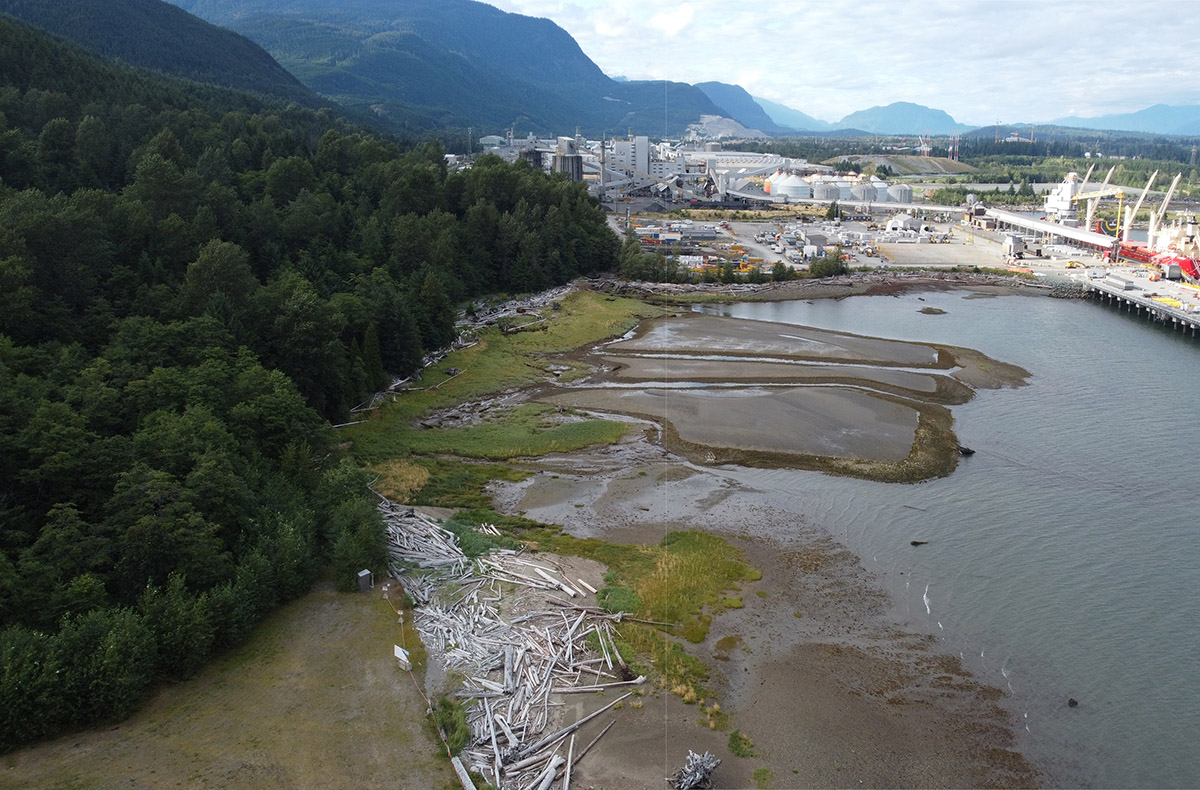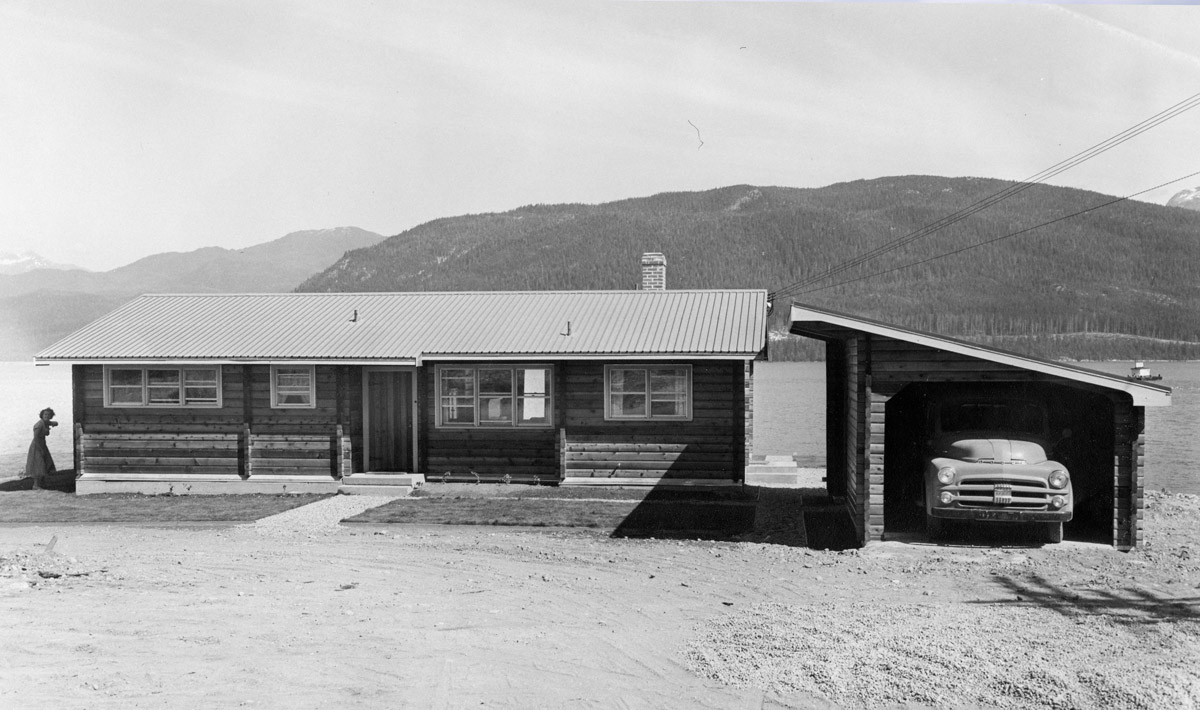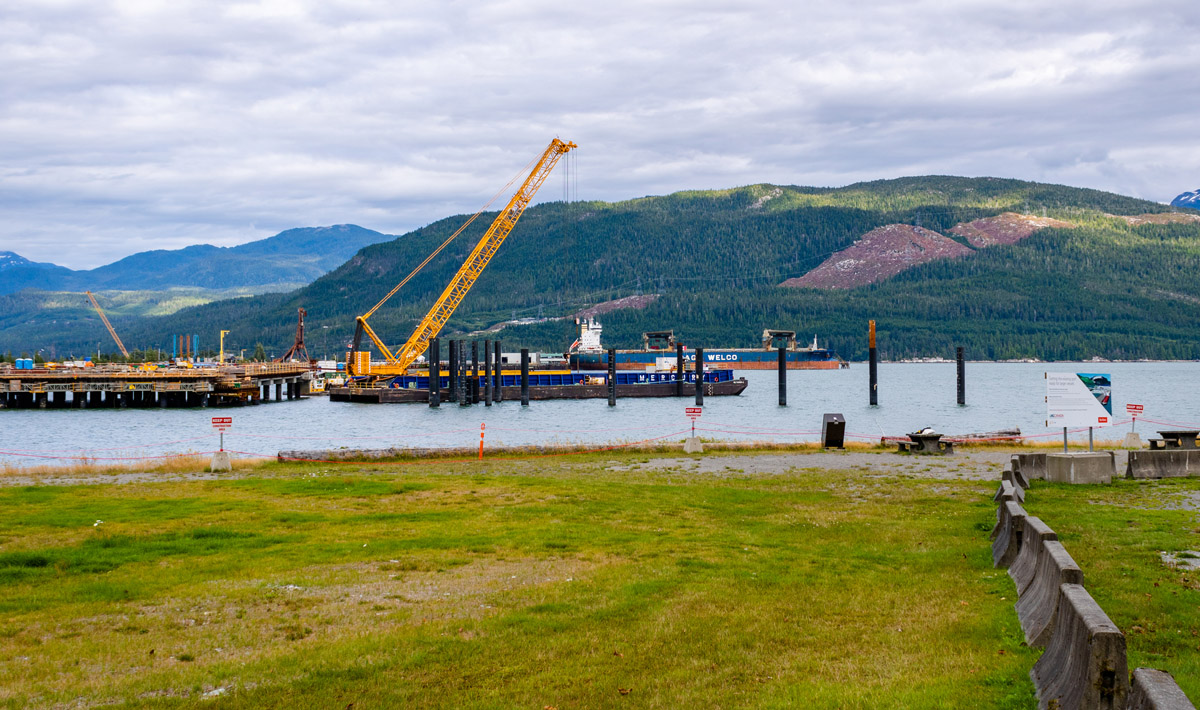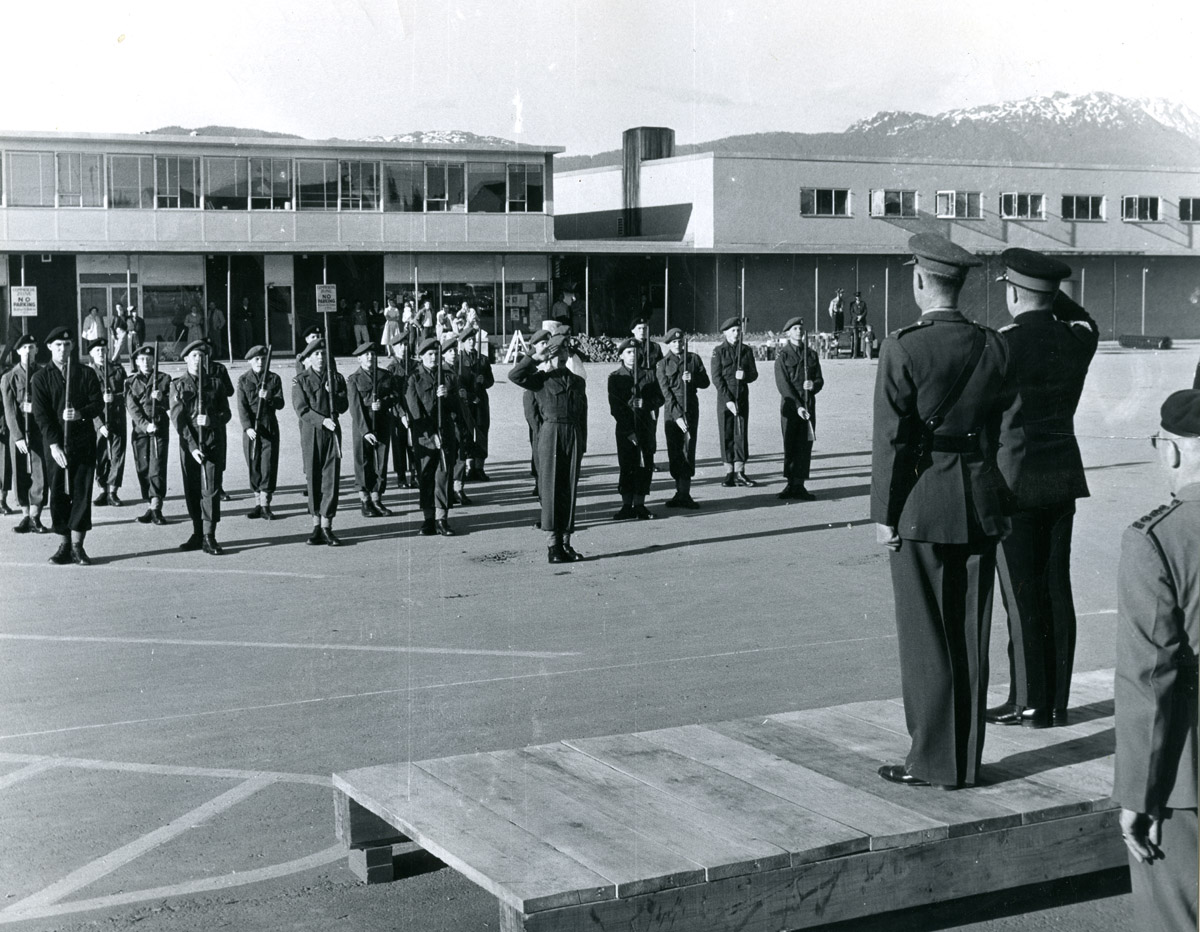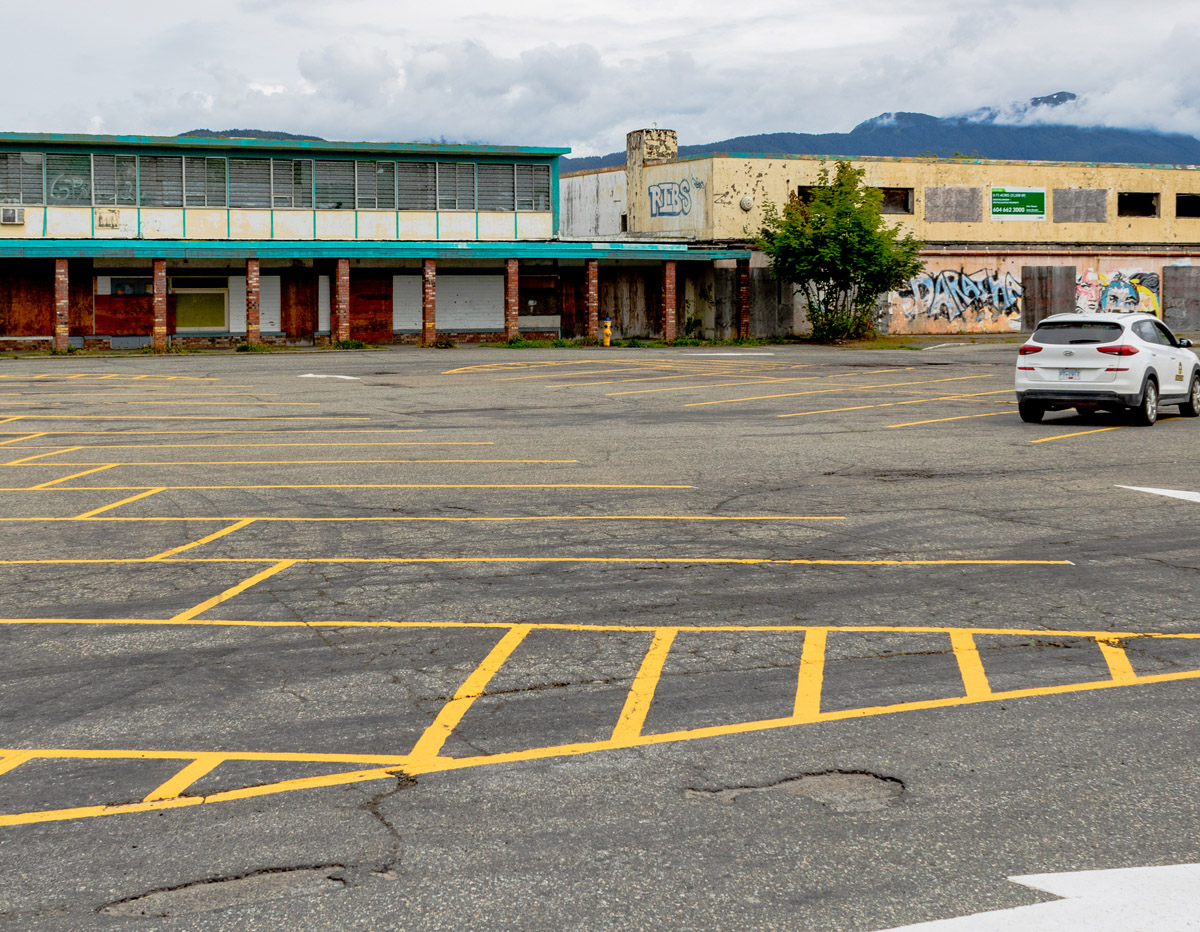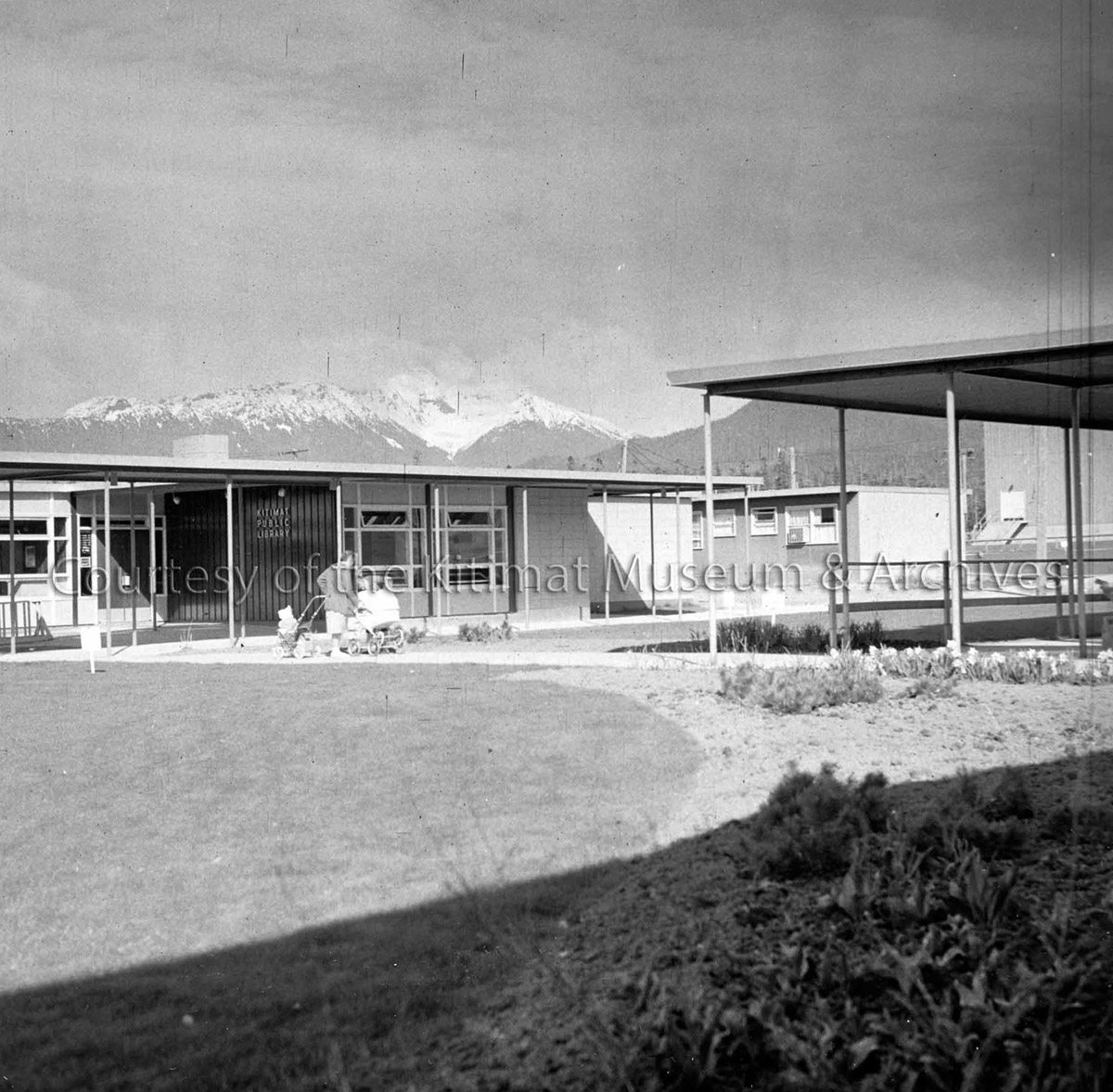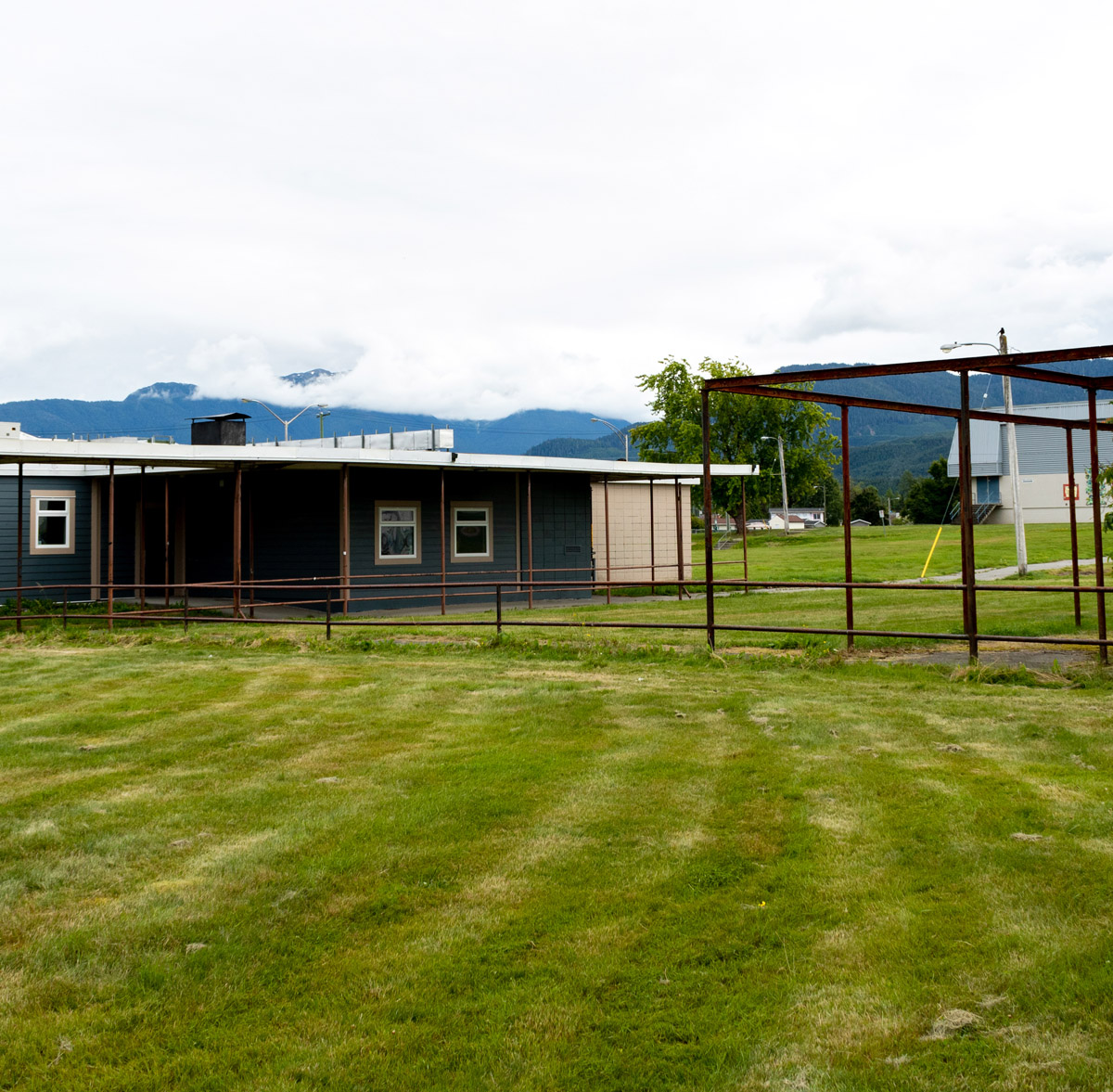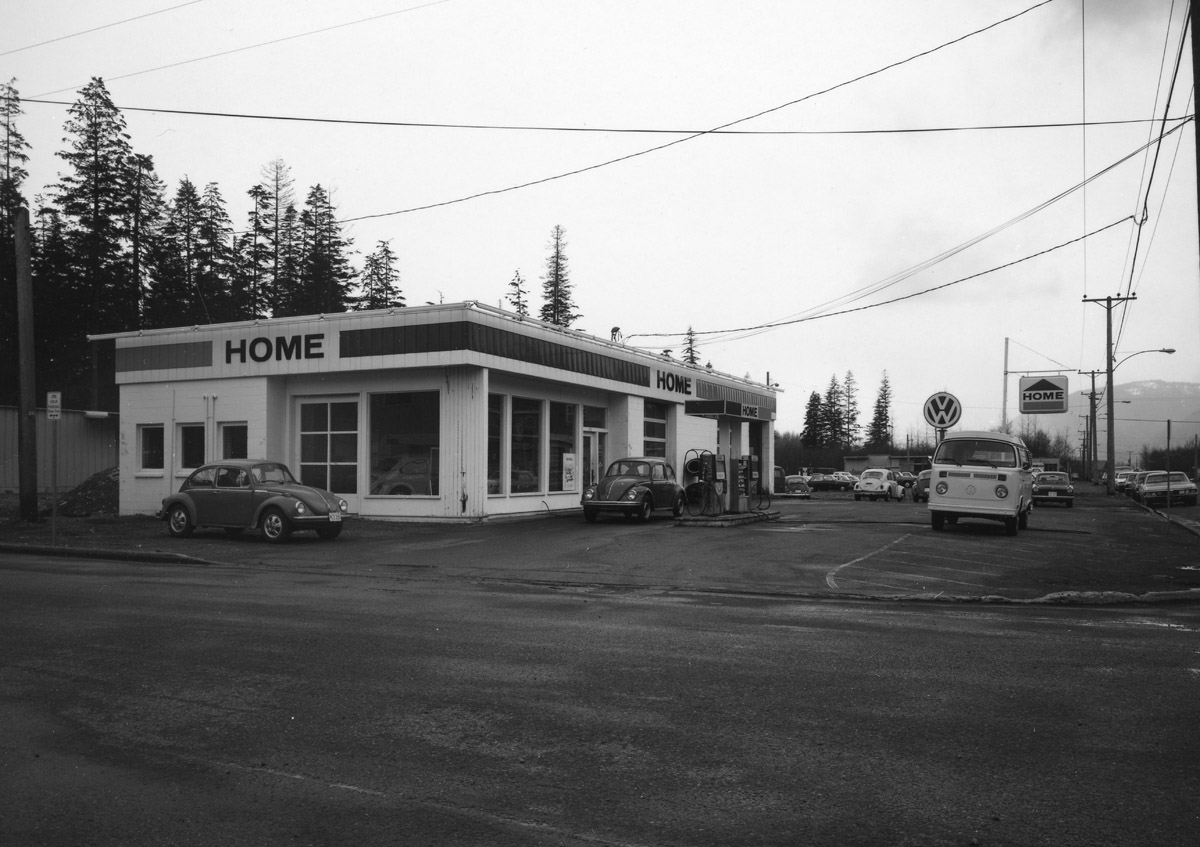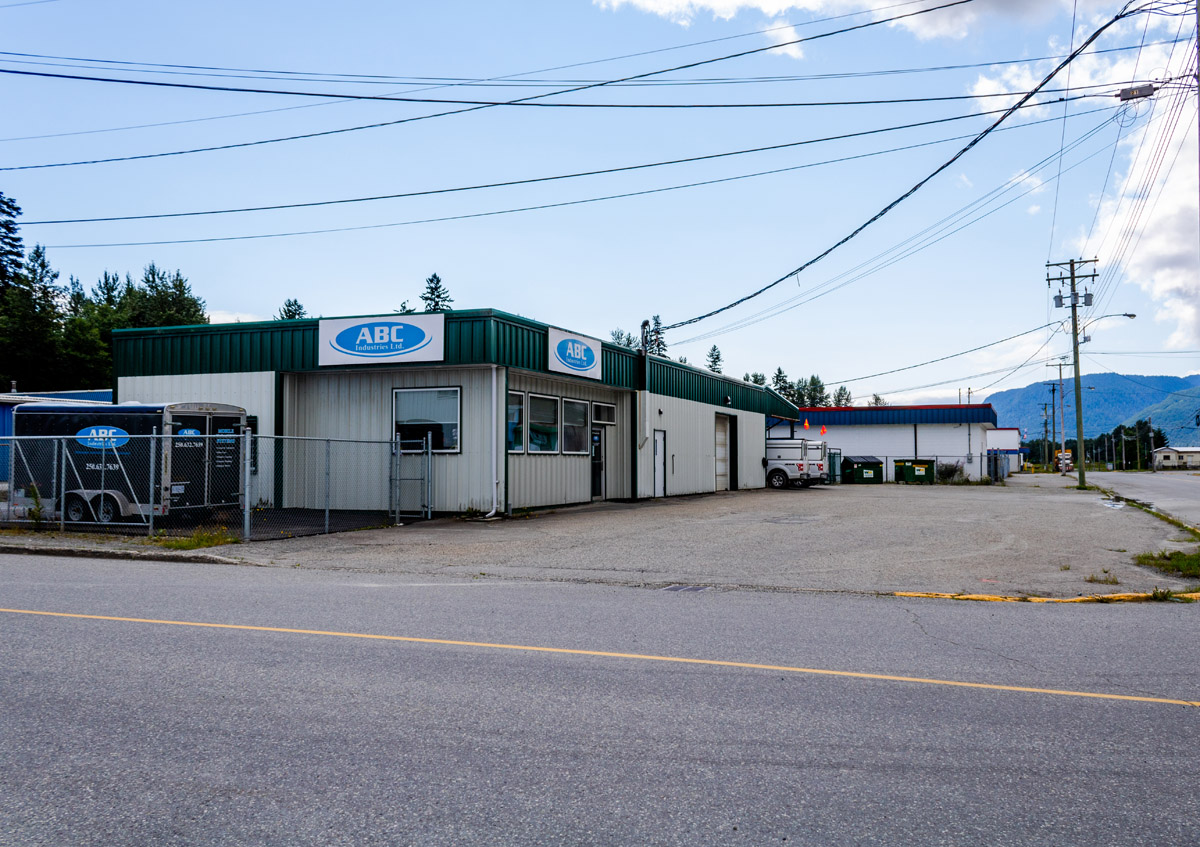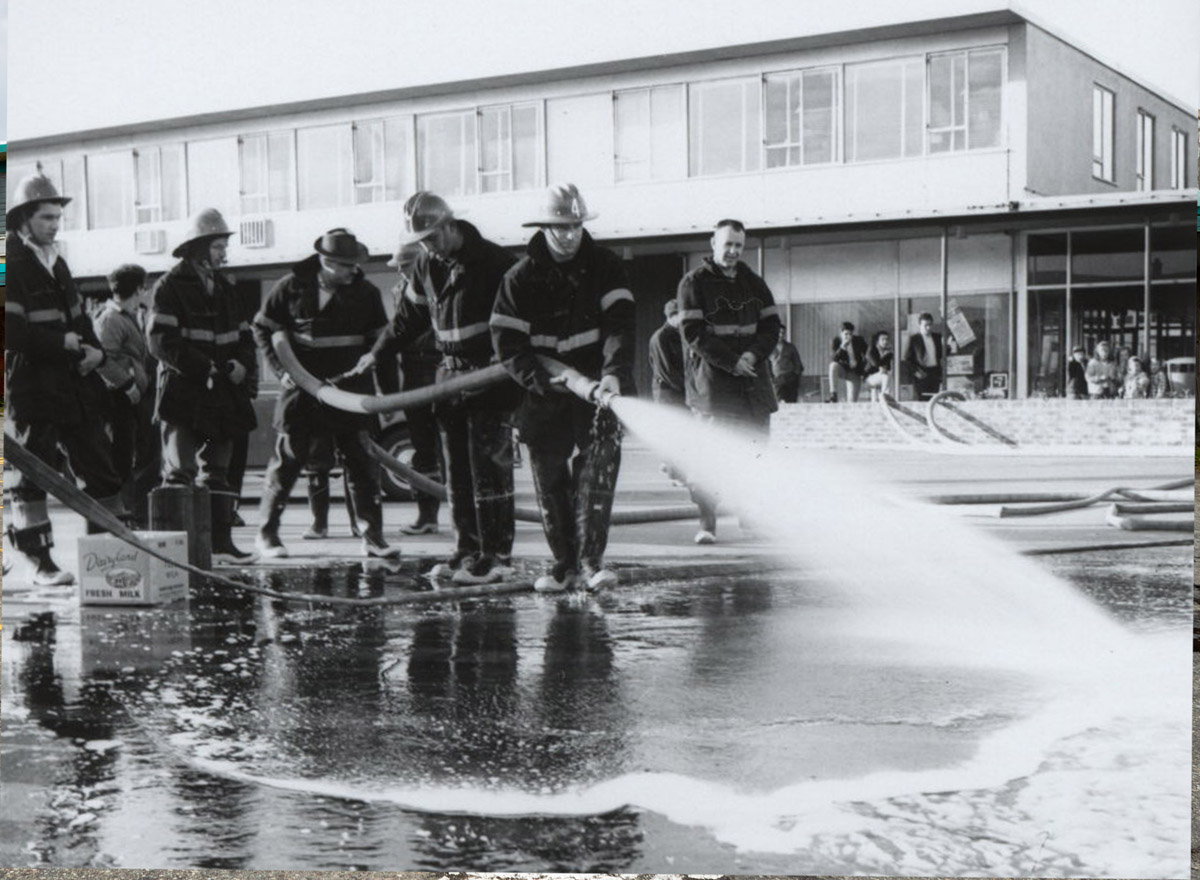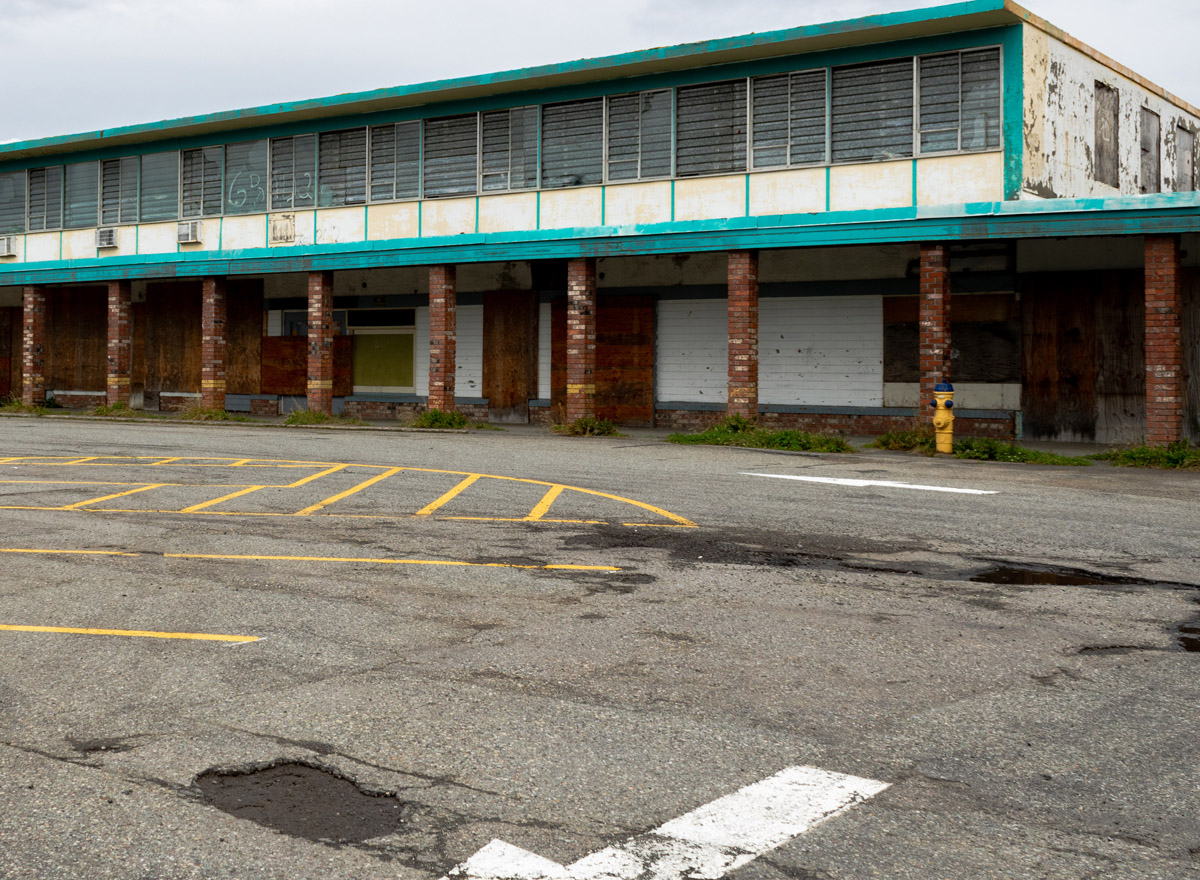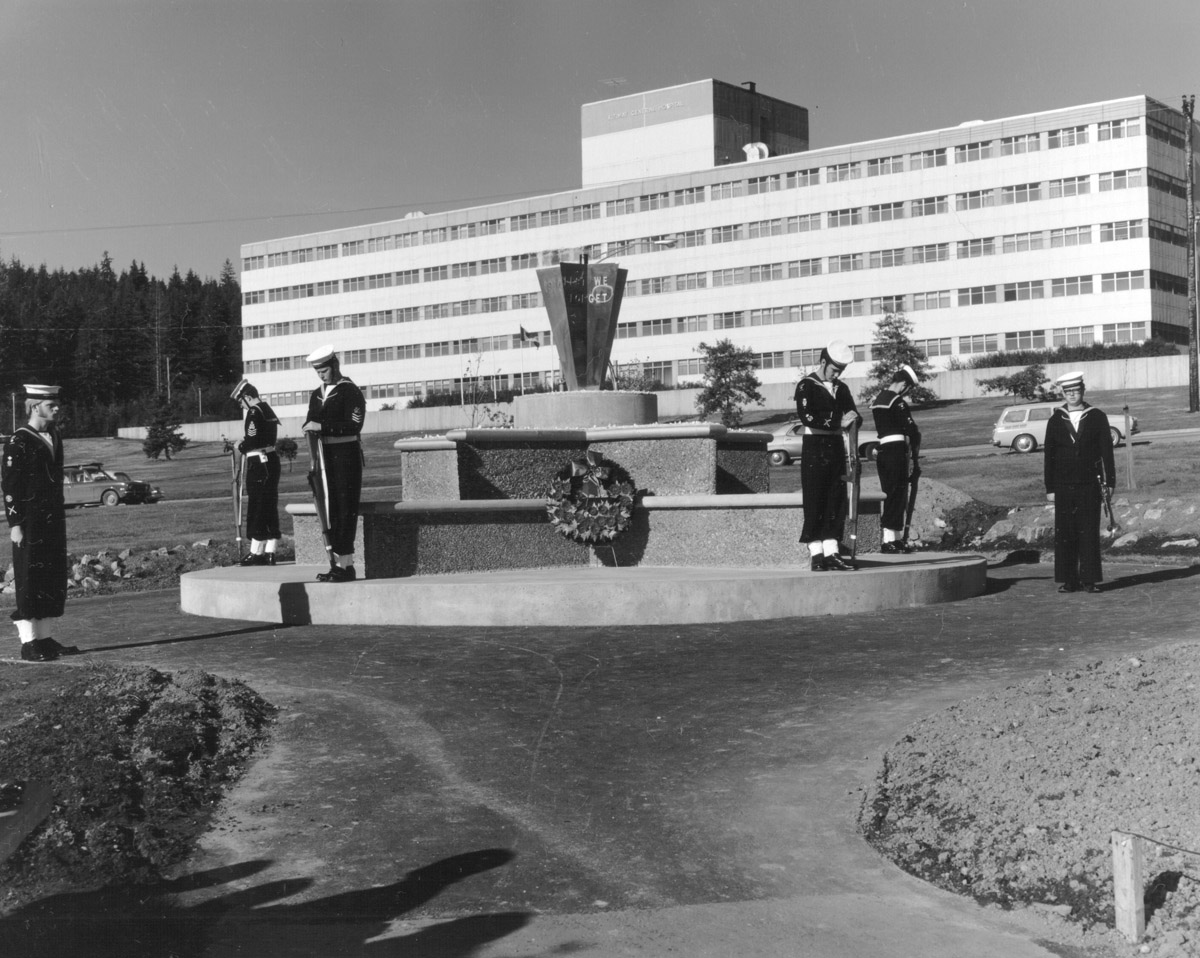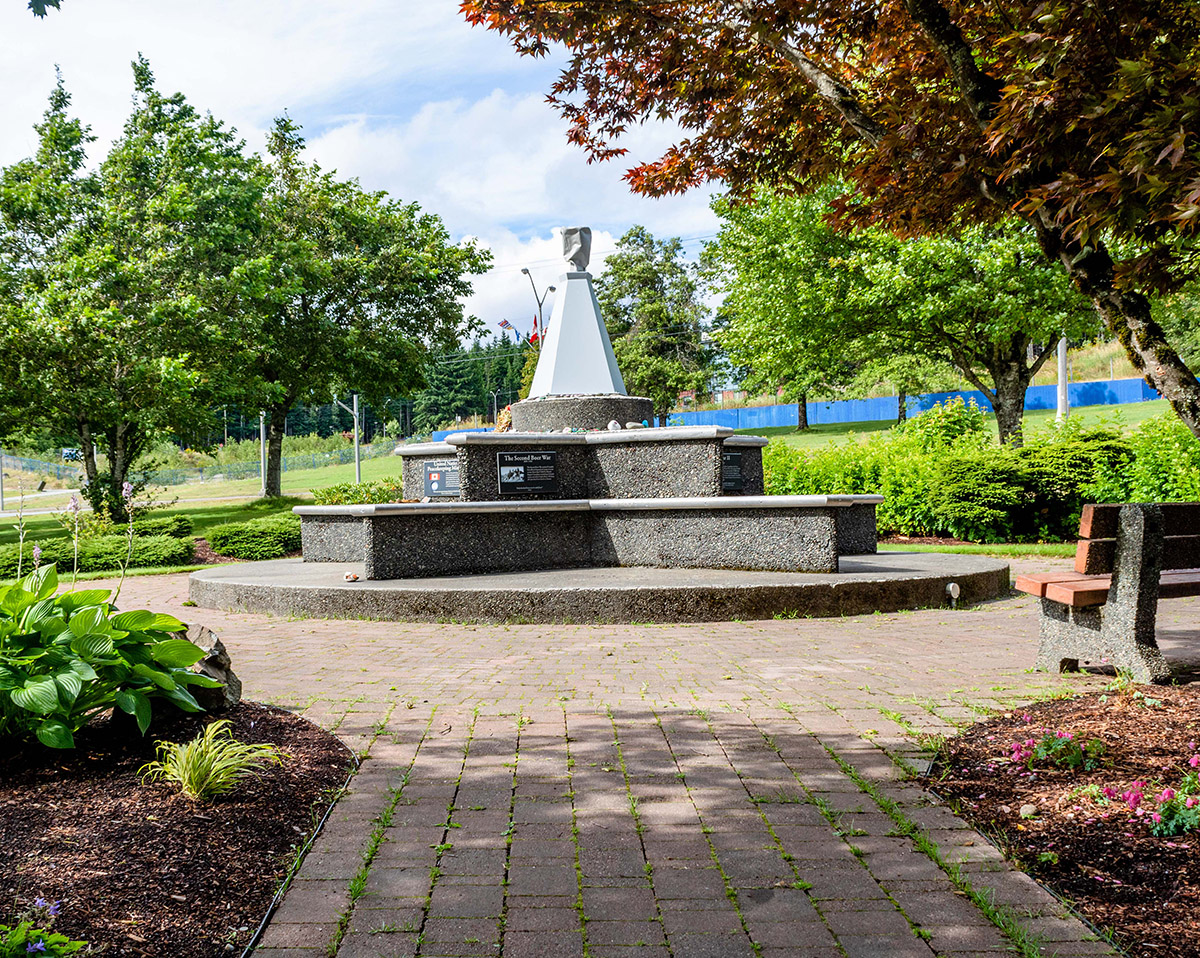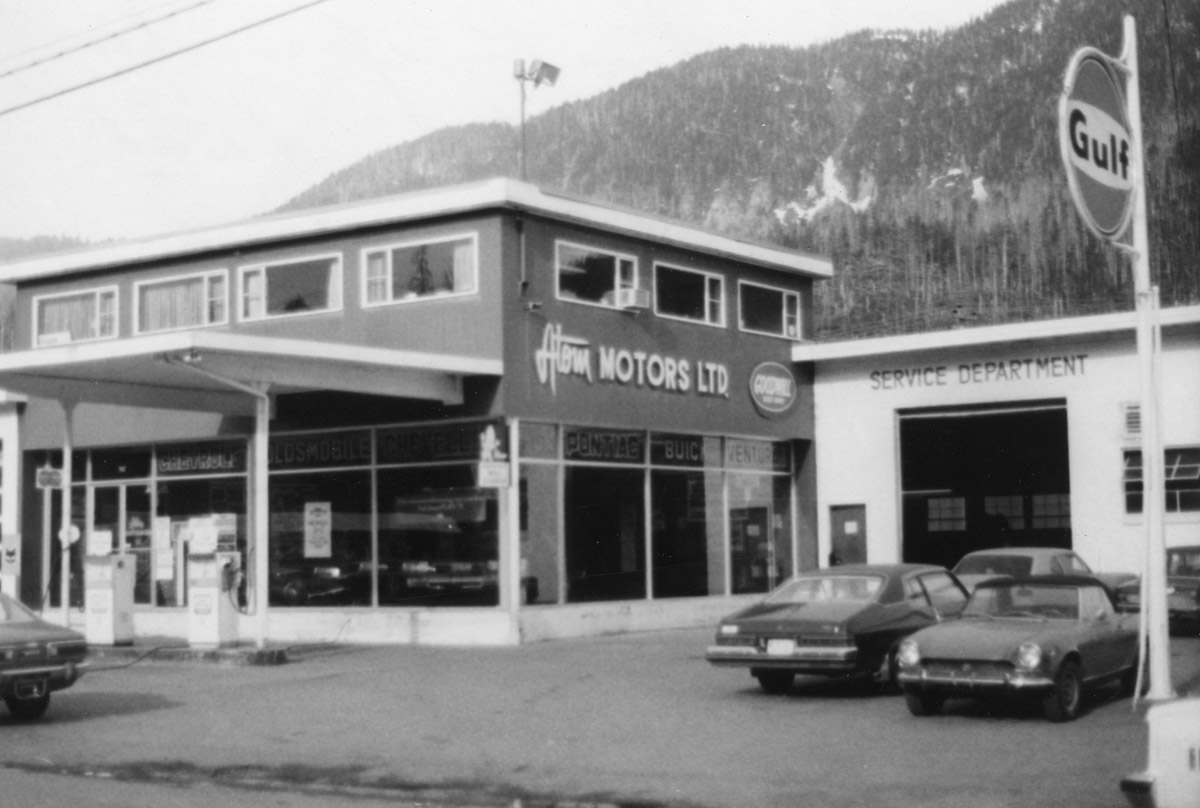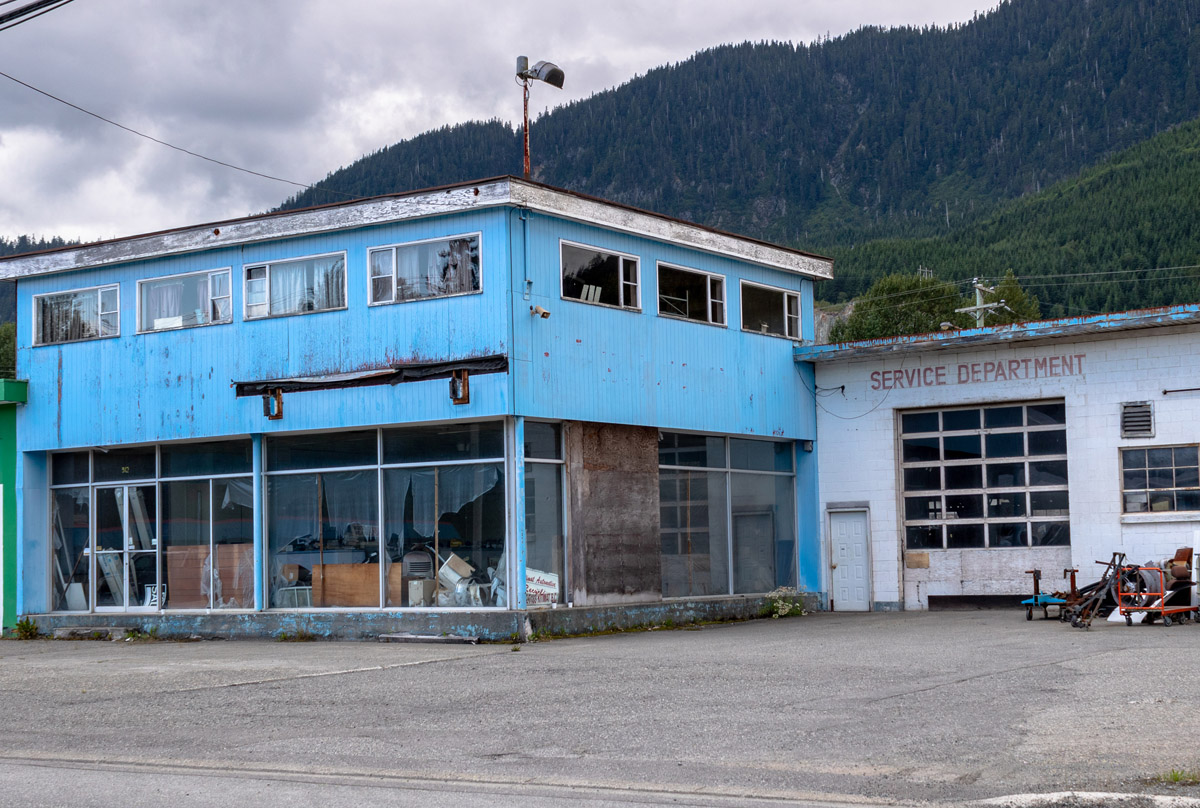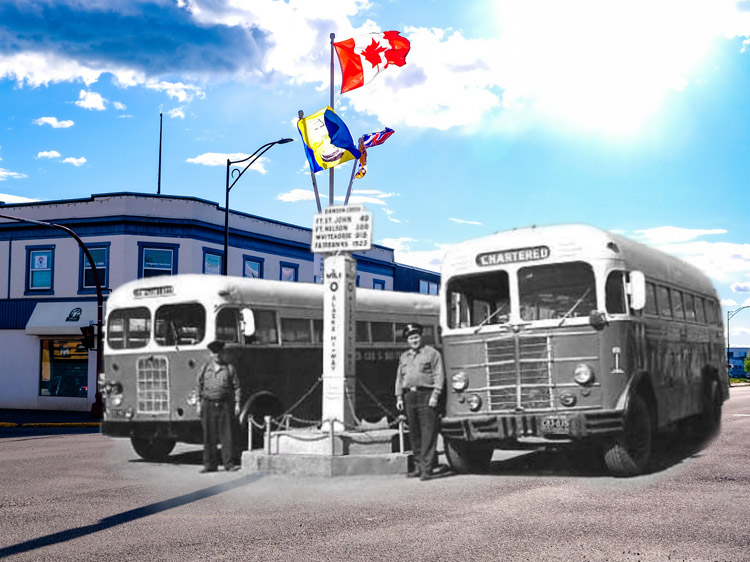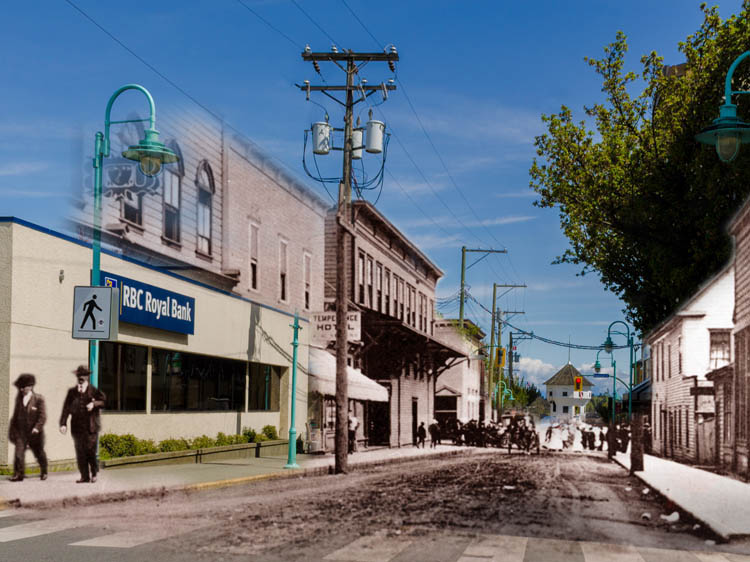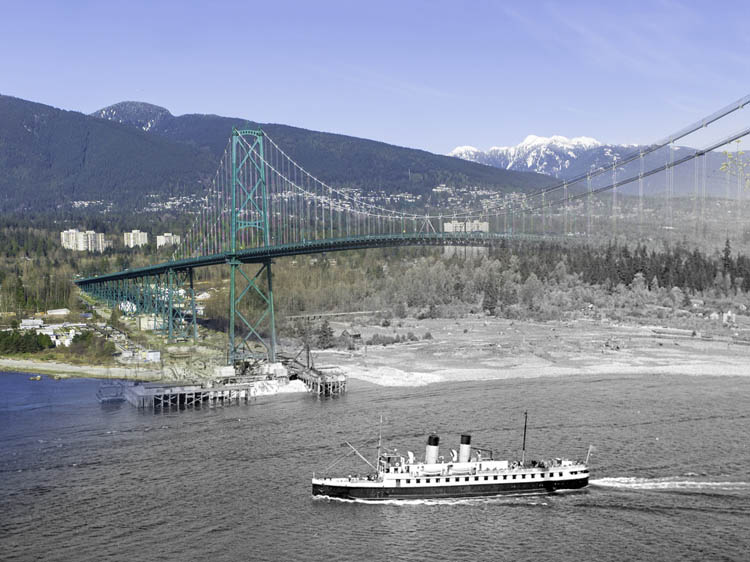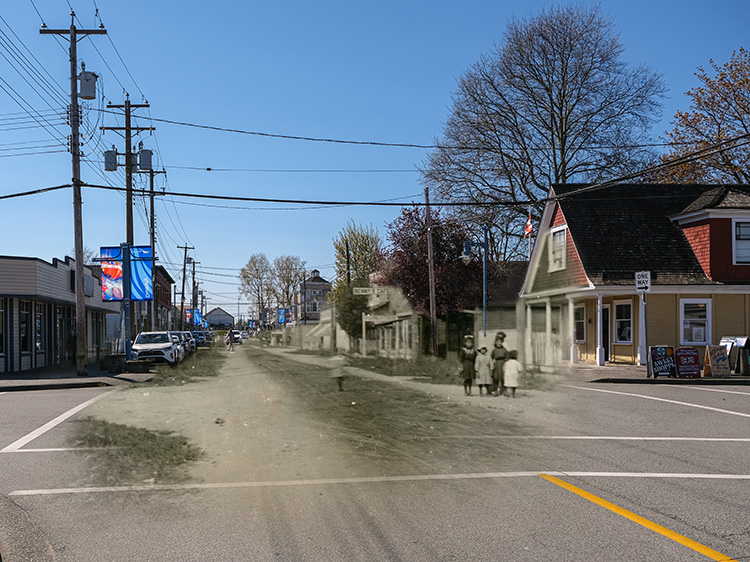Partner City
Kitimat
A Marvel of Nature and Industry
For millennia, the land on which Kitimat stands has been home to the Haisla First Nation, who have lived in harmony with the natural world of the region for thousands of years. The town of Kitimat, founded in the 1950s, is British Columbia's most planned community. The Aluminum Company of Canada (Alcan) created the town to be the permanent home of the workforce for its aluminum smelter and power project. Alcan hired world famous town planners who poured their philosophy, passion, and knowledge into creating the ideal community. The town was designed to be independent of the company which created it, and it soon took on a life of its own, shaped by the people who came here to build their futures. The aluminum smelter itself was a project which put Kitimat on the world stage, transforming the natural world to generate massive amounts of electricity and produce the so-called "metal of the future." Thousands of workers poured into the wilderness of Kitimat to create a project that at its time was the largest industrial development in the world. It involved creating a massive dam and reservoir, power house, transmission line, deep-sea port, town, and the aluminum smelter itself. The project took only five years to complete.
This project was created in partnership with the Kitimat Museum and Archives.
We respectfully acknowledge that Kitimat stands on the unceded traditional territory of the Haisla First Nation.
Tours
Kitimat's Aluminum Smelter
The Arrival of Industry in Kitimat
Kitimat's City Centre
Building Community
A Planned Community
Kitimat Takes Shape
Explore
Kitimat
Then and Now Photos
The Smelter Opens
1950s
The construction of the smelter itself was a massive job, not least due to where it was located. As you can see from this aerial photograph, taken sometime after construction, the smelter occupies a massive amount of land at the head of Douglas Channel. The whole space had to be flattened and reinforced so that the heavy buildings of the smelter would not sink into the mudflats. The channel itself had to be dredged so that the big, deep-sea boats which would bring in fresh shipments of ore and take away smelted aluminum would be able to dock at the smelter wharf. Construction was finished in 1954, and the smelter opened for business. Life in Kitimat became more stable, with a permanent workforce operating the smelter and the community taking shape. The economy of the town eventually diversified, with more forms of industry setting up shop in the community.
Pan-Abode House Construction
1953
This photograph depicts the completed and occupied Pan-Abode home on the beach at Smeltersite on August 13, 1953.
First Annual Cadets Inspection
1956
This photo shows the First Annual Inspection of the Kitimat Cadet Corps, conducted by Colonel McGowan from the Kamloops Rocky Mountain Rangers in front of the Nechako Centre on August 21, 1956. The soldiers stand at the ready, rifles held in front of them, as two officers offer a salute on a raised platform. In the background is the Nechako Centre when it was brand new.
Kitimat Public Library
1961
This photo shows the exterior of the original Kitimat Public Library at Nechako Centre, with Mount Elizabeth in the background, ca. 1961. Photo courtesy of the Karsh Family.
Home Gas Station
1973
This photo from April 9, 1964, shows an exterior view of the Home Gas Station and pumps, located at the corner of Kuldo and Columbia avenues.
Kitimat Fire Department
1965
A large group of firefighters spray a firehose in the Nechako Centre parking lot on April 25, 1965, while several residents watch in the background.
Kitimat's Cenotaph
1972
Aubrey Creed, President of the Royal Canadian Legion, Branch 250, Kitimat, and Kitimat's first Fire Chief, designed this cenotaph, which opened on October 15, 1972.
Atom Motors
1960s
Atom Motors, pictured here with cars parked in front of it, was once a thriving business located in Kitimat's Service Centre. The Centre was home to many car dealerships, mechanics, and service shops.

